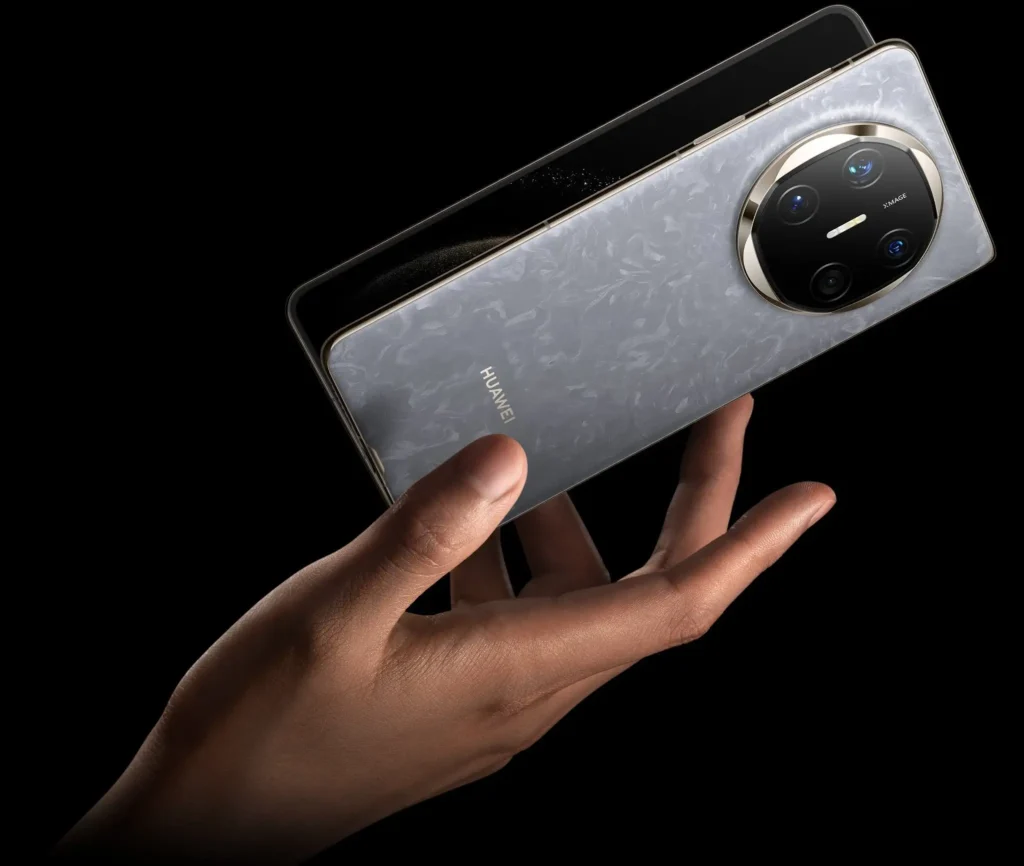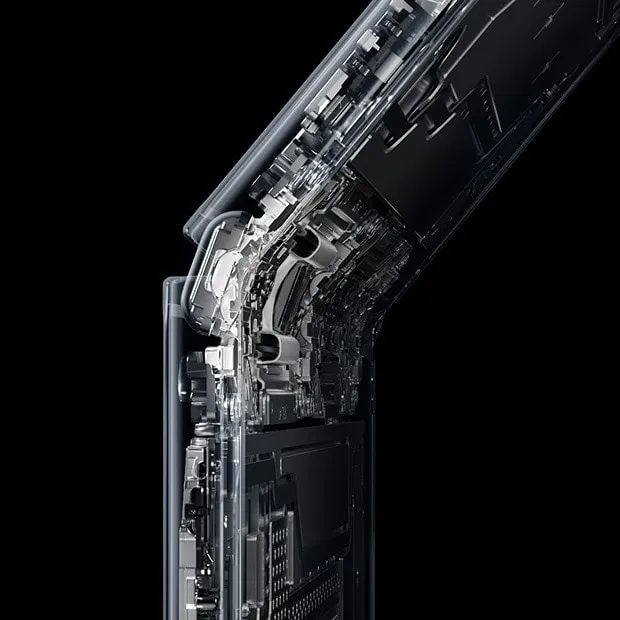
Why You Shouldn’t Buy a Foldable Smartphone
Foldable smartphones have captured plenty of headlines over the past few years, thanks to their futuristic designs and promises of versatility. But despite all the hype, they remain a questionable choice for most buyers.

If you’re considering spending your hard-earned money on one, you might want to take a step back and evaluate the practical realities of owning a foldable device. Here’s why you should hold off.
1. Durability Is Still a Major Concern

The most obvious issue with foldable phones is their durability. Foldable displays are made of ultra-thin glass or plastic, which is inherently more fragile than the glass used in conventional smartphones.
Scratches, dents, and even permanent creases can appear much sooner than you’d expect—and that’s if you handle the phone carefully. Accidental drops or exposure to everyday dust and debris can also cause significant damage to the foldable display.
And let’s not forget about hinges. The backbone of any foldable isn’t impervious to wear and tear. Over time, the mechanism can loosen or become stiff, impacting the smoothness of the folding experience. For people living in dusty or humid environments, hinge degradation can accelerate, leaving you with an expensive device that doesn’t feel premium anymore.
2. Price vs. Practicality
Foldables are expensive. Whether it’s Samsung’s Galaxy Z Fold series, the Huawei Mate X, or any other foldable on the market, you’re often looking at a price tag that’s double or even triple that of a conventional smartphone. For the same price, you could buy a high-end flagship device and still have enough left over for a mid-range phone or tablet.
This steep cost wouldn’t be a problem if foldables offered unmatched utility, but that’s rarely the case. While the larger screen might seem like a productivity dream, most foldable software isn’t optimized to make full use of the extra space. Multitasking on foldables often feels clunky and inconsistent compared to using a laptop or tablet. Unless you’re someone who’s deeply invested in a specific use case, the premium price is hard to justify.
3. Software Issues Persist
Speaking of software, foldables aren’t as polished as traditional smartphones. Android developers have only recently begun optimizing apps for larger, foldable screens, and even then, the experience can be hit or miss.
Many apps either don’t scale well or don’t take full advantage of the unique form factor. This lack of optimization becomes especially frustrating when you’re trying to use multiple apps simultaneously, which is supposed to be a foldable’s main selling point.
4. Questionable Longevity
Smartphones are long-term investments for most people. We expect them to last three, four, or even five years. But foldables are unproven in this regard. The combination of fragile screens, complex hinges, and limited repairability raises questions about their longevity.
While manufacturers have made strides in improving durability, foldables still don’t have the track record of traditional smartphones.
Repair costs are another factor to consider. If you crack the inner display or damage the hinge, the repair bill can be astronomical. For example, replacing the main screen on a Galaxy Z Fold 6 costs $429. You can get a decent mid-range phone at that price.
5. Battery Life Trade-offs
Foldables often struggle to match the battery life of traditional smartphones. The larger screens and complex designs consume more power, yet these devices are often constrained by smaller batteries due to their form factor.
While manufacturers try to mitigate this with optimizations and dual-battery setups, real-world usage often falls short of expectations. If you’re someone who relies on all-day battery life, a foldable might not keep up.
6. Limited Accessories and Cases
Another downside of foldables is the lack of third-party accessories. While conventional smartphones have an abundance of cases, screen protectors, and other add-ons, foldables have fewer options.
Even when cases are available, they’re often bulky and expensive, detracting from the sleek look and feel of the device. And given the fragility of foldable, going without a case isn’t a practical option for most people.
7. Better Alternatives Exist
If you’re tempted by the idea of a foldable because of its larger screen, it’s worth considering other options. Tablets like the iPad or Samsung Galaxy Tab series offer larger displays, better battery life, and a wider selection of optimized apps—all at a fraction of the cost.
If you’re looking for multitasking capabilities, a standard smartphone paired with a laptop or tablet often provides a more seamless and cost-effective experience.
8. The Foldable Market Is Still Evolving
Foldables are an exciting glimpse into the future of smartphones, but they’re still very much a work in progress. Manufacturers are constantly iterating on designs, addressing flaws, and experimenting with new features.
While these advancements are promising, they also mean that today’s foldable could feel outdated much sooner than conventional smartphones. If you’re set on owning a foldable, it might make sense to wait until the technology matures further.
9. Who Are Foldables Really For?
At the end of the day, foldables aren’t for everyone. They cater to a niche audience—enthusiasts who are willing to pay a premium for cutting-edge designs and don’t mind dealing with the associated drawbacks. For the average consumer, though, the compromises in durability, software, and price make them hard to recommend.



